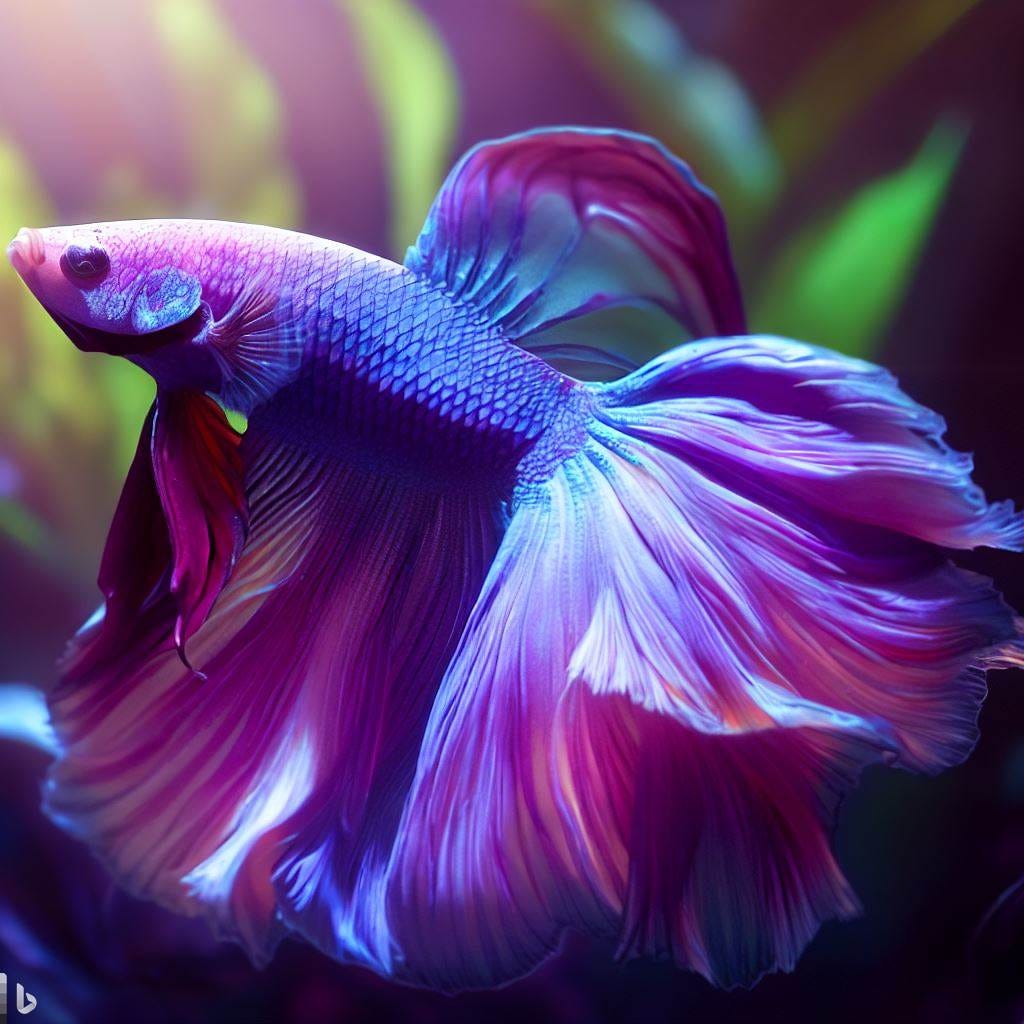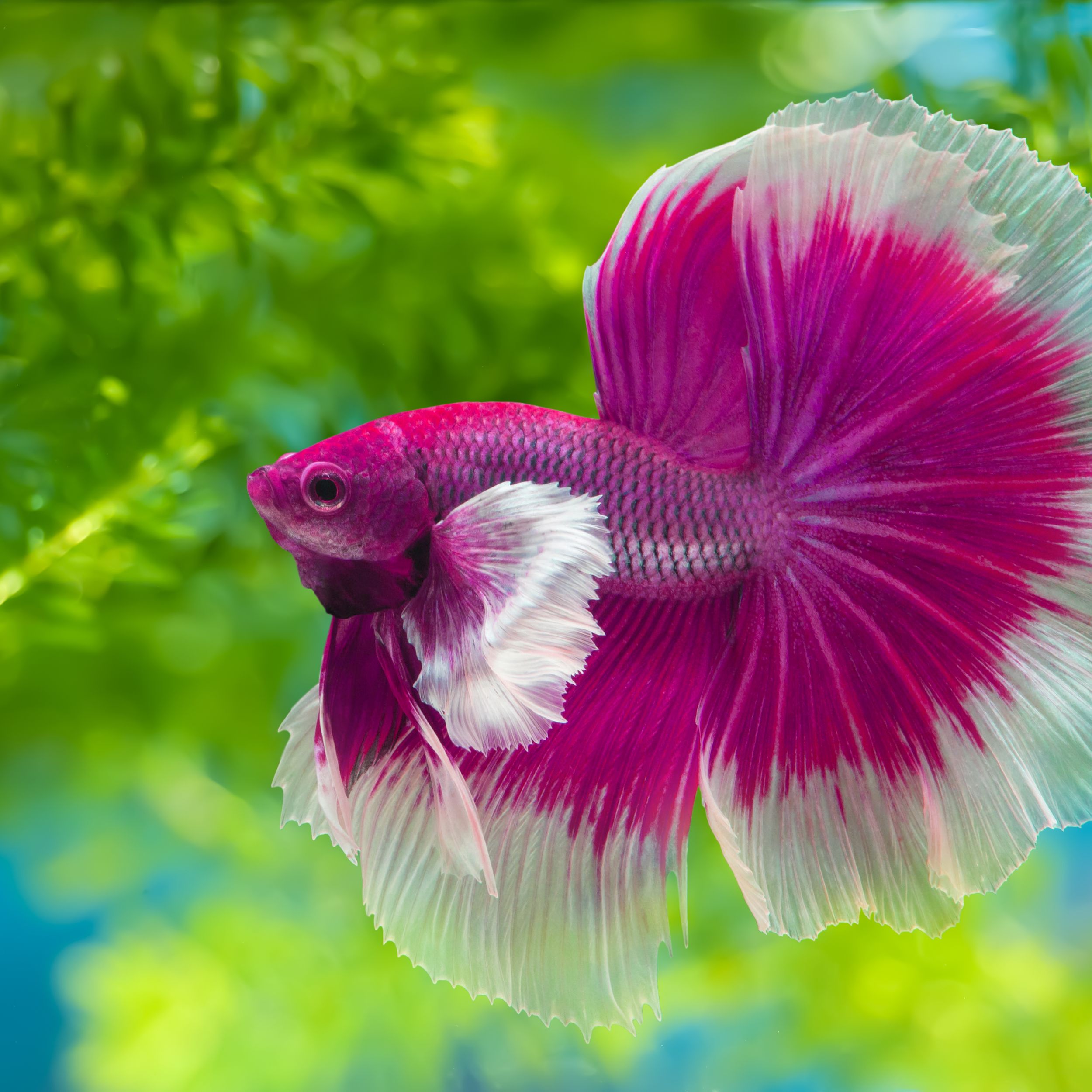Betta Fish Lifespan: Exactly How to Guarantee Your Betta Lives Longer
Betta Fish Lifespan: Exactly How to Guarantee Your Betta Lives Longer
Blog Article
Exactly How to Reproduce Betta Fish Successfully: Expert Methods and Insights for Hobbyists Aiming To Broaden Their Betta Collection
Reproducing Betta fish needs a nuanced understanding of genes and environmental conditions, making it essential for hobbyists to approach the procedure with both persistance and care. Creating an ideal reproduction environment, picking the best pairs, and observing the ins and outs of their courtship actions are fundamental actions that can considerably influence the end result.
Understanding Betta Fish Genetics
Recognizing the genes of Betta fish is essential for successful breeding, as it affects characteristics such as shade, fin form, and actions. Betta fish show a varied array of colors and patterns, greatly figured out by their genetic makeup. The key genes in charge of coloration consist of the "B" genetics for blue, "D" genetics for red, and the "C" genetics for shade strength. Dog breeders can adjust these characteristics by choosing details moms and dad fish that display preferred features.
Along with pigmentation, fin morphology is one more considerable element of Betta genetics (betta fish). The shape and size of fins are affected by different genetics, consisting of those that identify whether the fins are brief, long, or veil-shaped. Understanding these genetic variants aids breeders anticipate the phenotypic outcomes of their children
Moreover, behavior attributes such as aggressiveness and territoriality can additionally be influenced by genes. These actions play a crucial function in the reproducing process, as they can impact generating success and the overall character of the resulting fry. By thoroughly recognizing these genetic principles, breeders can make educated decisions, ultimately boosting their breeding programs and accomplishing desirable outcomes.
Preparing the Breeding Environment
Developing an optimum reproduction setting is crucial for the successful recreation of Betta fish. The first step in preparing this setting is to select an appropriate breeding container, preferably ranging from 5 to 10 gallons.
Next, think about using a sponge filter or an air rock to supply mild water flow without producing solid currents that can emphasize the fish. It is necessary to install plants or reproducing cones to provide hiding spots and promote comfort for the female throughout the spawning procedure. Drifting plants, such as Java moss or water sprite, can also create an extra native environment while assisting in bubble nest structure by the man.
Before presenting the reproducing sets, make certain the water is conditioned and devoid of hazardous chemicals, such as chlorine or heavy steels. betta fish. Routine water changes should be performed to maintain optimum water quality, boosting the opportunities of effective breeding. With these prep work in position, the breeding setting will sustain the health and wellness and well-being of both Betta fish
Picking Breeding Pairs
Selecting the appropriate reproduction pairs is important for achieving effective Betta fish reproduction. Healthy Betta fish display lively colors, clear eyes, and active habits.
Temperament is one more important consideration, as Betta fish are recognized for their hostile nature. It is recommended to pick a man and female that exhibit compatible personalities to reduce tension during the look what i found breeding procedure. A calm male can encourage a smoother courtship, while a female that is also aggressive might interrupt the process.
Hereditary history additionally plays a substantial role in the top quality of the spawn. Reproducing fish that are genetically diverse can reduce the risk of hereditary wellness issues and improve the total vitality of the fry. It is helpful to investigate the family tree of both the male and lady, focusing on preferable attributes such as fin kind, shade patterns, and dimension.
The Breeding Refine
The reproduction procedure of Betta fish needs mindful preparation and interest to information to ensure a successful result. At first, it is important to prepare a suitable breeding tank, preferably a 5-10 gallon fish tank with a temperature maintained at 78-80 ° F. The tank should be geared up with a heating system, filter (ideally sponge type to prevent solid currents), and lots of water plants for the female wikipedia reference to conceal.
As soon as the environment is set, introduce the picked reproducing set to the container, enabling them to adjust. Observe their habits; the man will certainly display intricate courtship rituals, including flaring his fins and developing a bubble nest. If the female shows passion, she will present upright red stripes showing preparedness for spawning.
When the woman is responsive, the pair will participate in a mating embrace, throughout which the male feeds the eggs. It is important to monitor their interactions closely, as the man may end up being aggressive. After spawning, eliminate the woman to protect against possible damage. The man will often tend to the eggs, which normally hatch out within 24-36 hours. Keeping optimum water conditions throughout this period is necessary for the growth of healthy Betta fry.
Caring for Betta Fry

Feeding Betta fry is critical, as they call for a diet high in healthy protein. Originally, they can be fed infusoria or fluid fry food, transitioning to carefully crushed top quality pellets as they grow. Feed small parts multiple times a day to urge healthy and balanced development without straining the storage tank with uneaten food.

As they develop, check their development very closely and separate any aggressive people to stop damage. By offering a nurturing setting and correct nutrition, hobbyists can successfully increase Betta fry into vibrant, healthy and balanced fish, eventually improving their reproduction endeavors.
Final Thought
Successful Betta fish reproduction requires meticulous interest to hereditary selection, ecological conditions, and care for the fry. By understanding the genes of Betta fish and preparing a proper webpage reproduction atmosphere, hobbyists can boost the opportunities of producing dynamic, healthy and balanced offspring.
Report this page